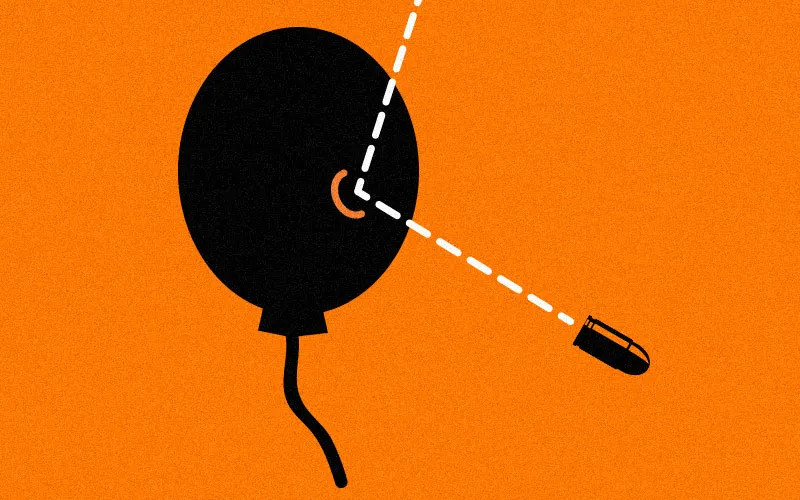Institutional investors have been pouring money into private credit assets since the financial crisis, and in recent years there has been no shortage of critics warning that the asset class is in a bubble. Alternatives firm Hamilton Lane says these critics are wrong.
The firm has argued that the fledgling category of private credit is experiencing a natural evolution that comes with fast growth. In a report released Thursday, Hamilton Lane likened the growth of private credit to private equity in the early- to mid-2000s, when industry observers were concerned that the business of turning around companies was not a viable long-term strategy.
“History shows that the concern over AUM and dry powder in PE has turned out to be a non-event,” wrote Drew Schardt, the report's author and global head of private credit at Hamilton Lane.
The report, “The End Is Near for Private Credit, Right?,” asserted that the fast growth of the private credit market is healthy. The asset class was essentially created when banks stepped back lending to smaller companies in the wake of the financial crisis. Money managers with experience in credit enthusiastically stepped in to fill the void, giving institutional investors access to new credit instruments for the first time.
“It provides LPs with previously unavailable choices in credit, all while addressing investor needs of attractive risk-adjusted returns, cash yield, and shorter duration in the alternatives space,” Schardt wrote.
[II Deep Dive: Blackstone Group’s GSO Capital: Lenders of Last Resort]
The current credit cycle, though, may come to an end in the next few years, with rising interest rates and declining bond prices. Hamilton Lane addressed the potential effect of a turn in the cycle on private credit, which has been among the most popular asset classes.
“What happens when the music stops?” Schardt asked. “Well the data suggests that heading into and coming out of an economic cycle is when private credit crushes it.”
Hamilton Lane expects private credit to do well in this environment because 86 percent of the asset class is floating-rate, meaning the debt’s coupon rises when interest rates head up. Credit, if underwritten well, also offers downside protection and other features that mitigate risk during a downturn.
The report also assessed just how bad things could get when the market turns down. It argued that private credit will do well compared to other yield-oriented instruments, such as debt syndications in the public high-yield and leveraged loan markets.
“Private credit often has the added benefits of tighter structures, better lender information, and more downside protections than what you might see in the more efficient public debt markets,” according to the report.
In particular, distressed debt and secondary debt strategies could actually deliver returns that are similar to equities coming out of a down cycle.
Schardt said private credit is an asset class that will endure over the longer term and prove its worth.
“As an investment strategy it can provide LPs another tool to deliver cash yield and shorter duration, while generating attractive risk-adjusted returns on both an absolute and relative basis,” the report concluded.







